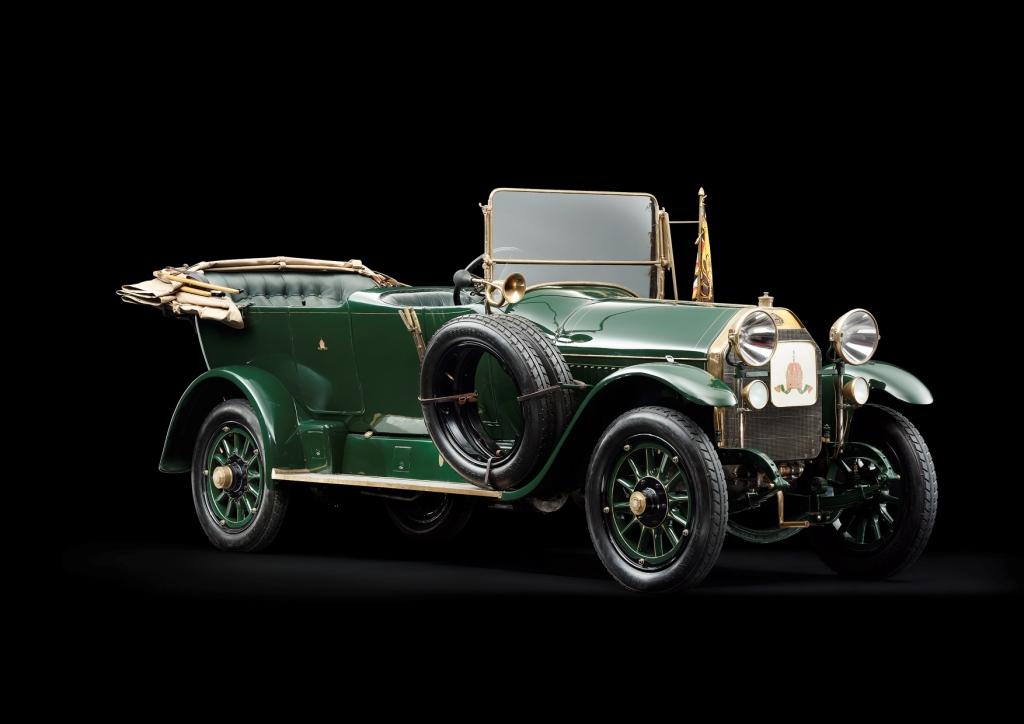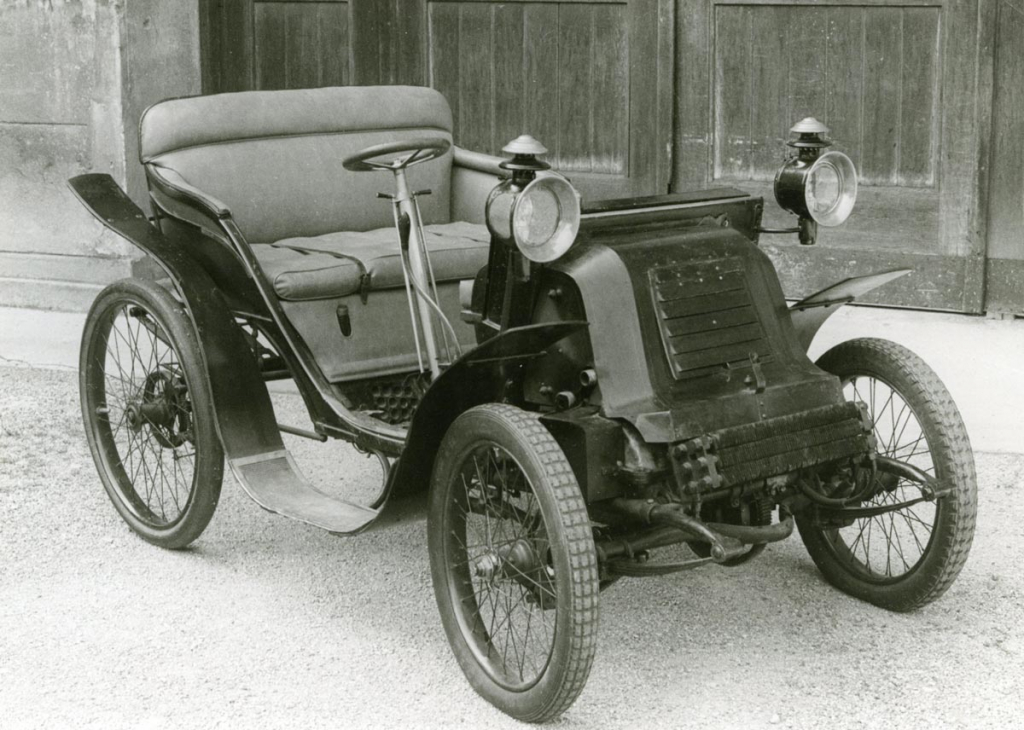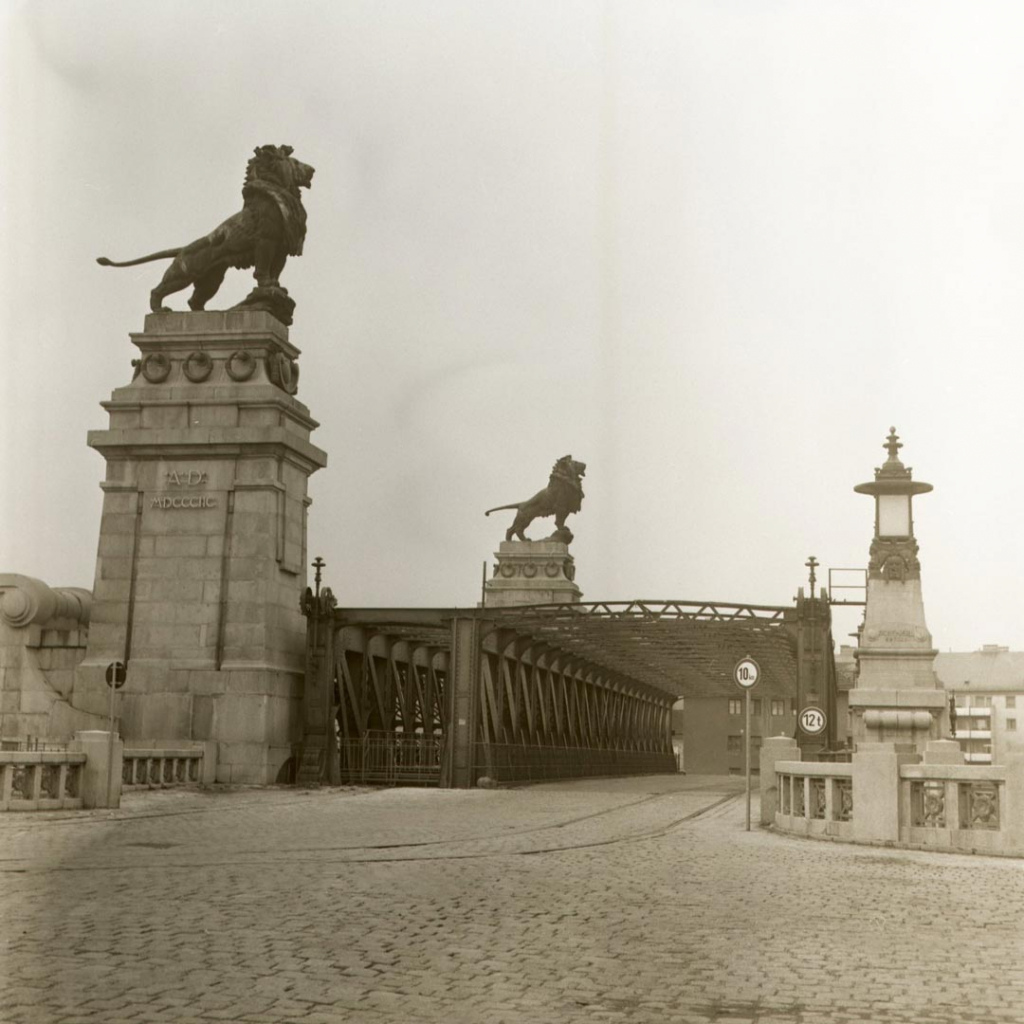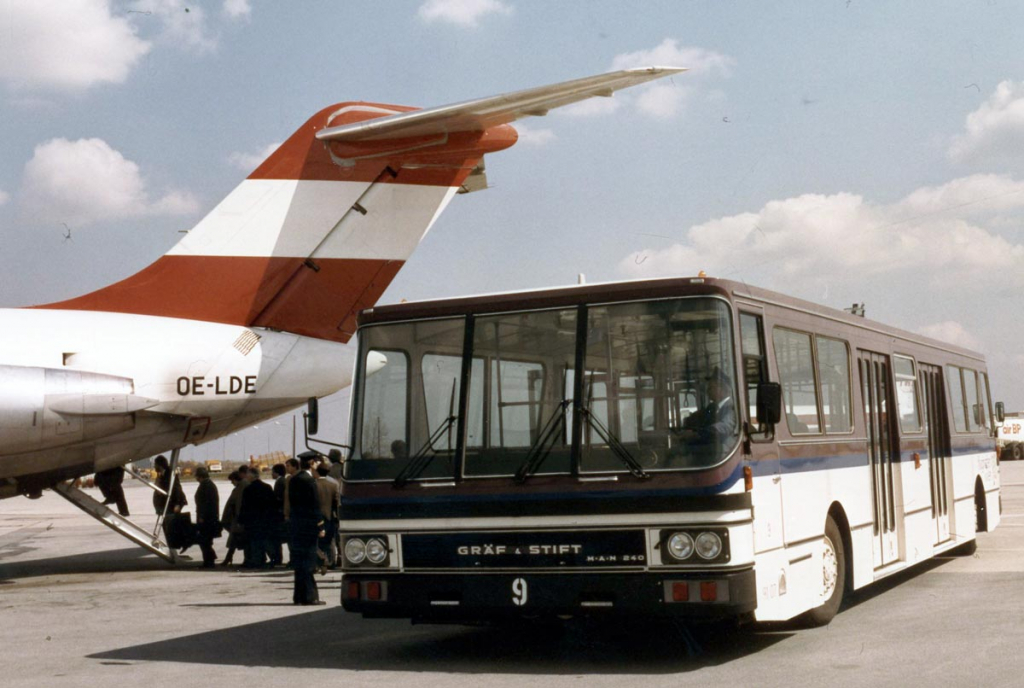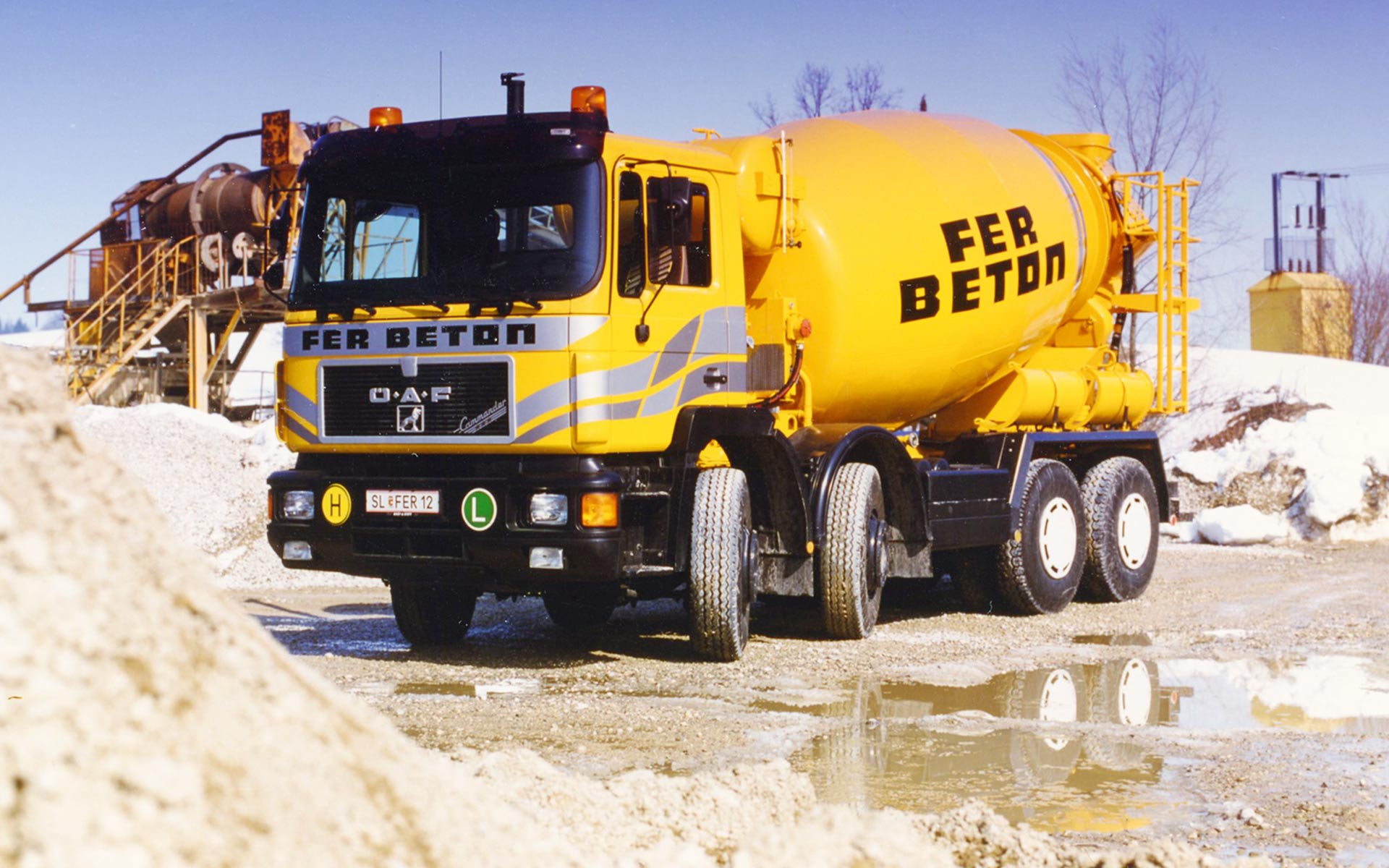
From bicycle to truck production
In 1901, brothers Carl, Heinrich and Franz Gräf, together with businessman Wilhelm Stift, founded the company Gräf & Stift and ventured into automobile production. An Austrian success story, with its distinctive lion also playing an important part.
On 6th July 1896, Carl Gräf opened a bicycle workshop with his two brothers, Heinrich and Franz, in Vienna’s ninth district. This is where they built and repaired not only bicycles, but also motorised tandems and ventured into automobile manufactuing: In 1898, the brothers designed the world’s first functioning compact car with front-axle drive. When they exhibited this innovative vehicle at the World Exhibition in 1901, it roused the interest of businessman Wilhelm Stift. Following this, they then founded the company Gräf & Stift together, moving into automobile production. Their high quality standards attracted Viennese customers from the upper middle classes and nobility. By 1910, orders amounted to twice the annual production. Gräf & Stift were building passenger cars, trucks and buses, the latter establishing the first motorised postal service transport in the Dolomites in 1907. From 1938, the company discontinued manufacture of passenger cars. After the Second World War, Gräf & Stift kept their heads above water initially with repair work for trams. In addition to trucks and buses/coaches, the product range also included rail vehicles and tram-trains. The broad production set-up necessitated a constant stream of new investments, which meant that the company gradually slipped into financial difficulties.
MAN appears on the scene
Gräf & Stift merged with ÖAF in 1971 under the leadership of MAN, a merger in which Austria’s two oldest automobile manufacturers become one. From then on, ÖAF concentrated on truck manufacture, while Gräf & Stift focused on production of buses/coaches.
ÖAF-Gräf & Stift AG took over cabs, axles and engines from MAN in a joint production network and used them to manufacture mainly special vehicles according to a modular system. In the fiscal year 1999–2000, production amounted to over 2500 special trucks, primarily heavy-duty semitrailer tractors for gross train weights up to 250 tons. In addition, airport buses, city buses with alternative drives such as natural gas, and last but not least the impressive traction engines for the Ariane 5 rocket.
In 2005, another merger took place to form MAN Nutzfahrzeuge Österreich AG. At the Steyr site, trucks in the light to medium range, heavy special-purpose vehicles, e-trucks and components for the international MAN production network are built.
Under the sign of the lion
The ÖAF renewed its radiator grille in 1982 and adapted the Gräf & Stift lion. The Gräf brothers had registered the lion, which was modelled on the bronze lion of the Danube Canal lock bridge in Vienna-Nußdorf, as a trademark in 1921.
“The Viennese lion has been used for advertising purposes and mainly as a fixing for the protective radiator grille, later affixed to protective radiator grilles on commercial vehicles.”
Interestingly, this animal figure harks back to Henry the Lion, medieval duke of Saxony and Bavaria, linking Braunschweig with Munich and Vienna. All three sites form important parts of the history of the MAN Group.



